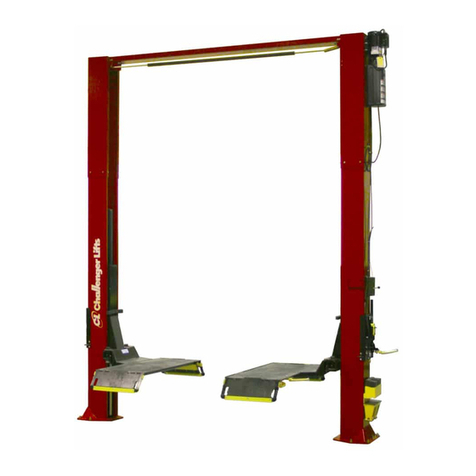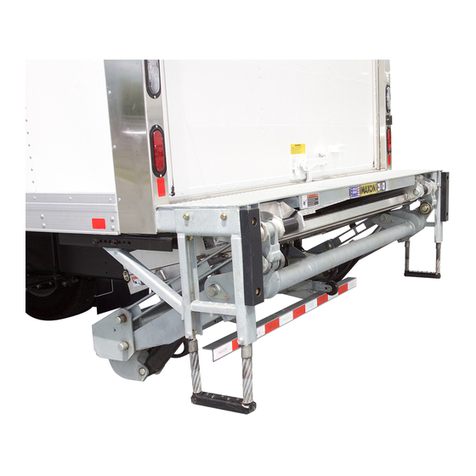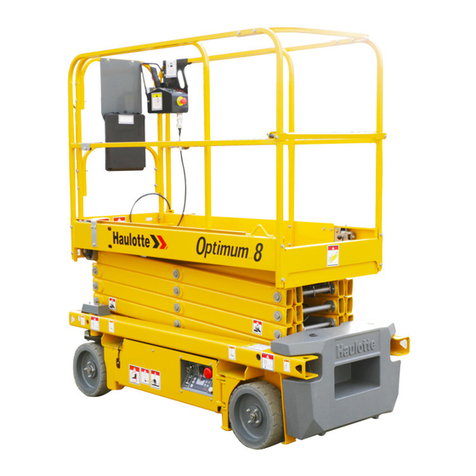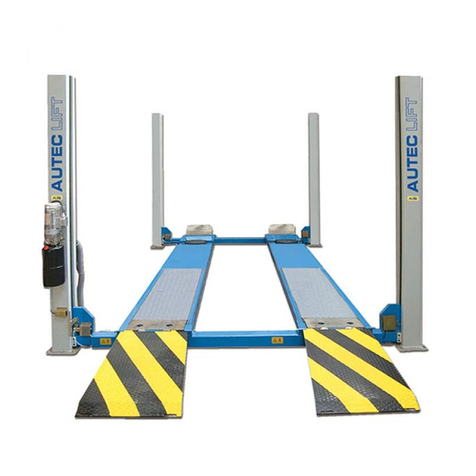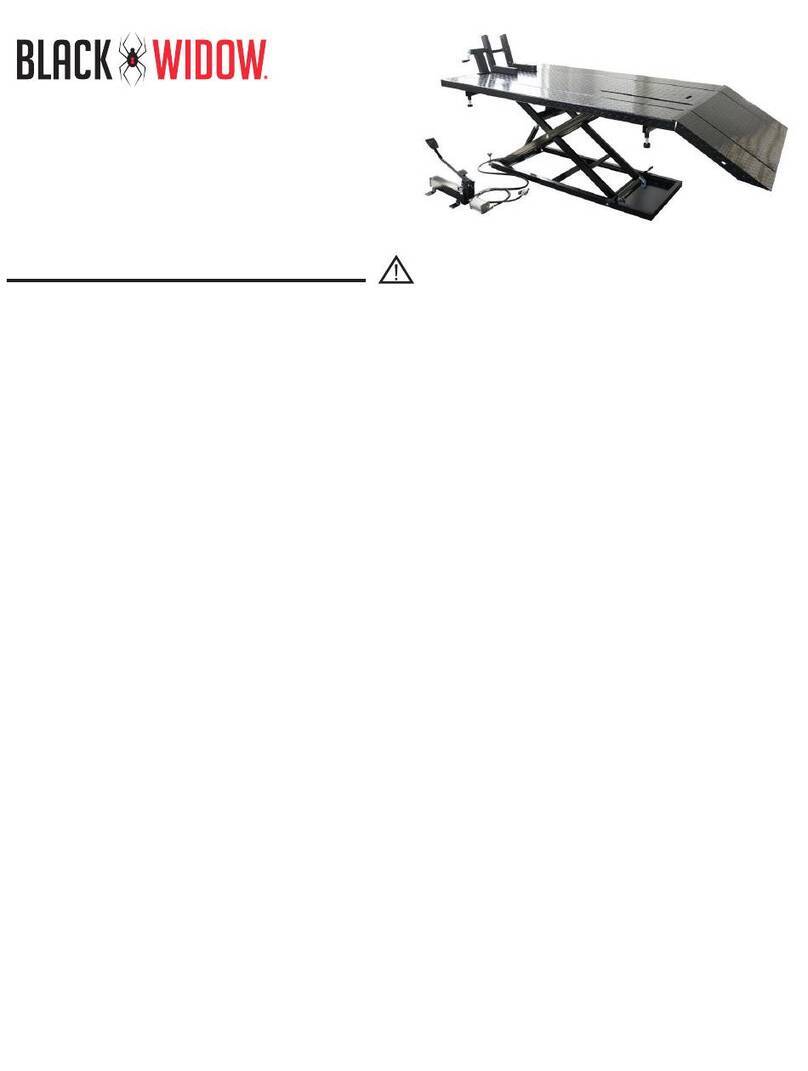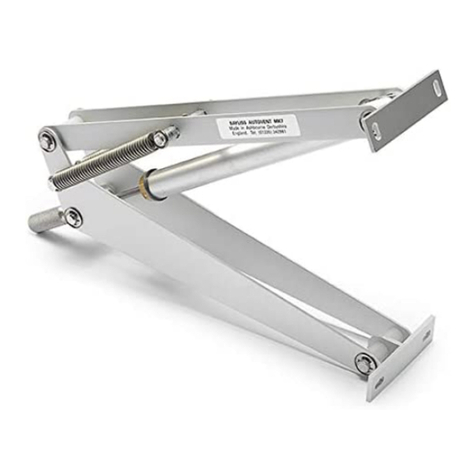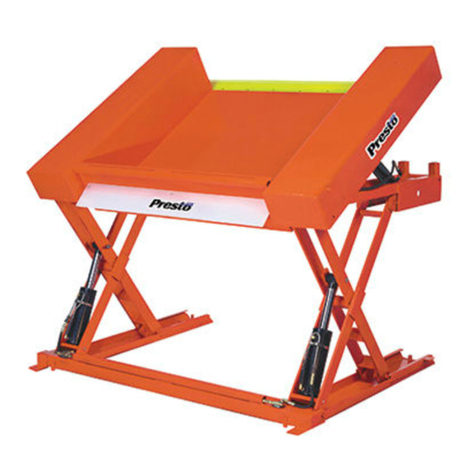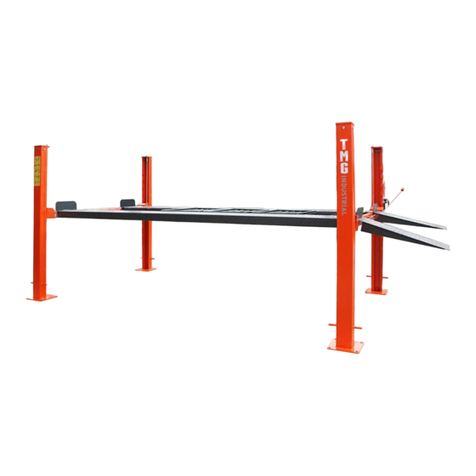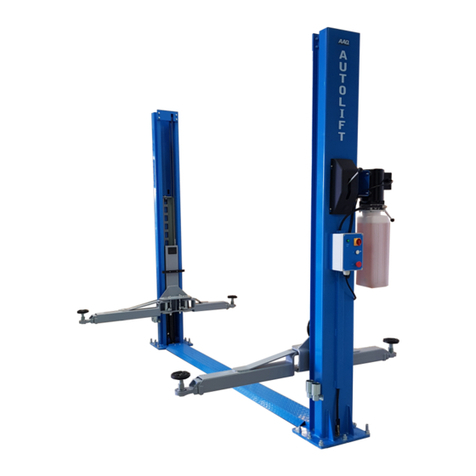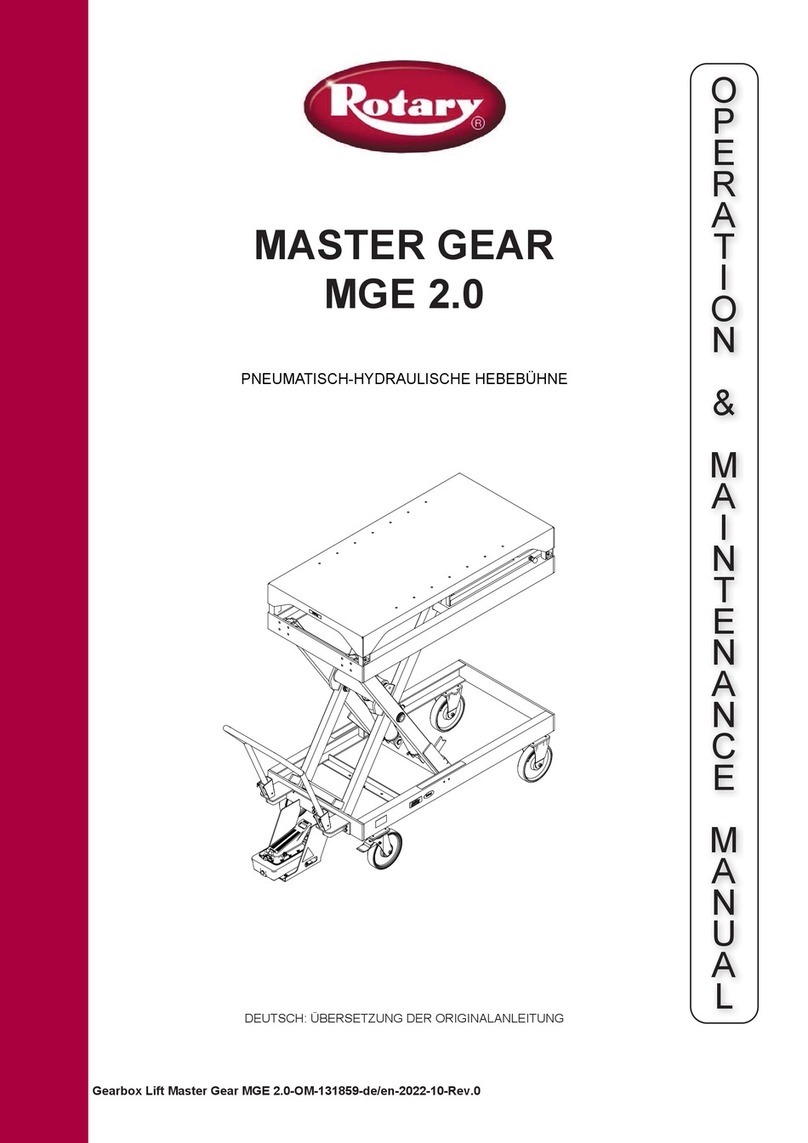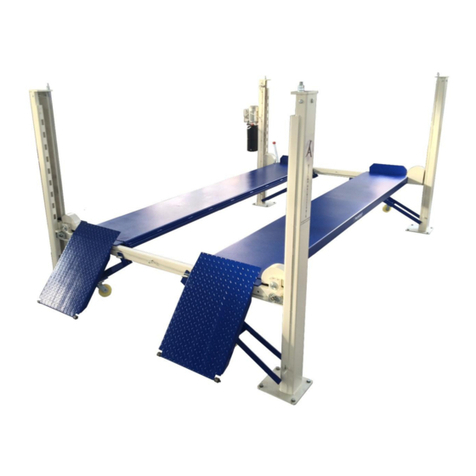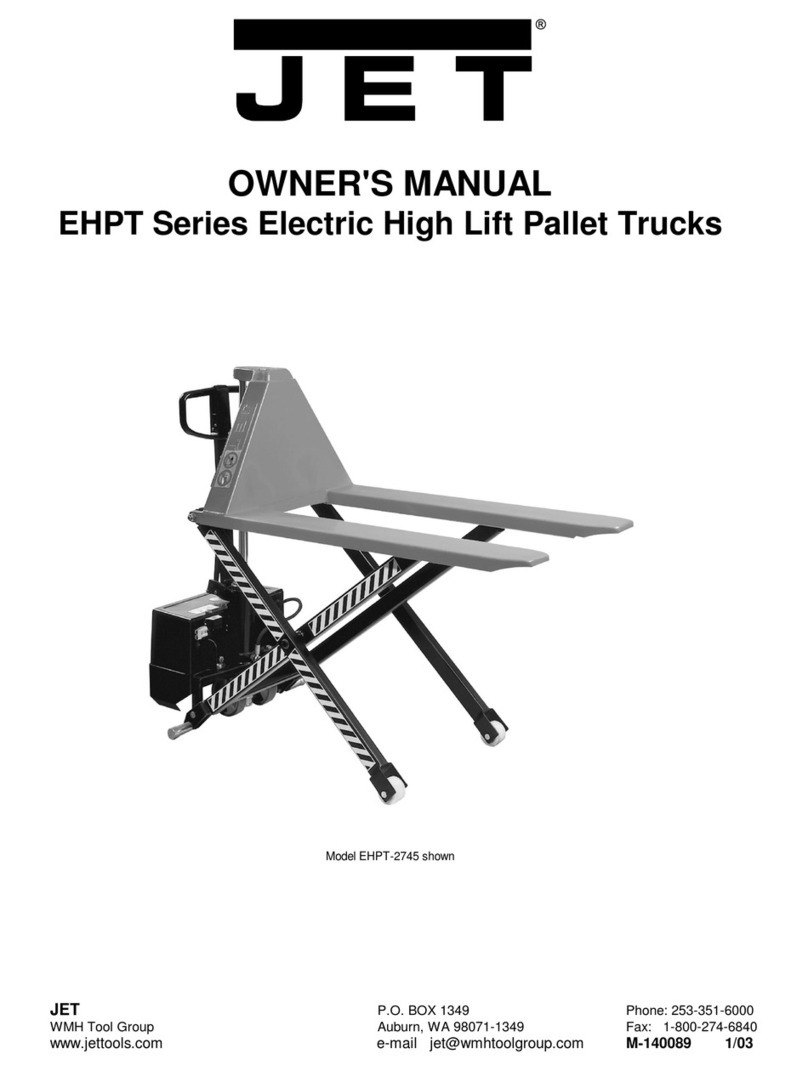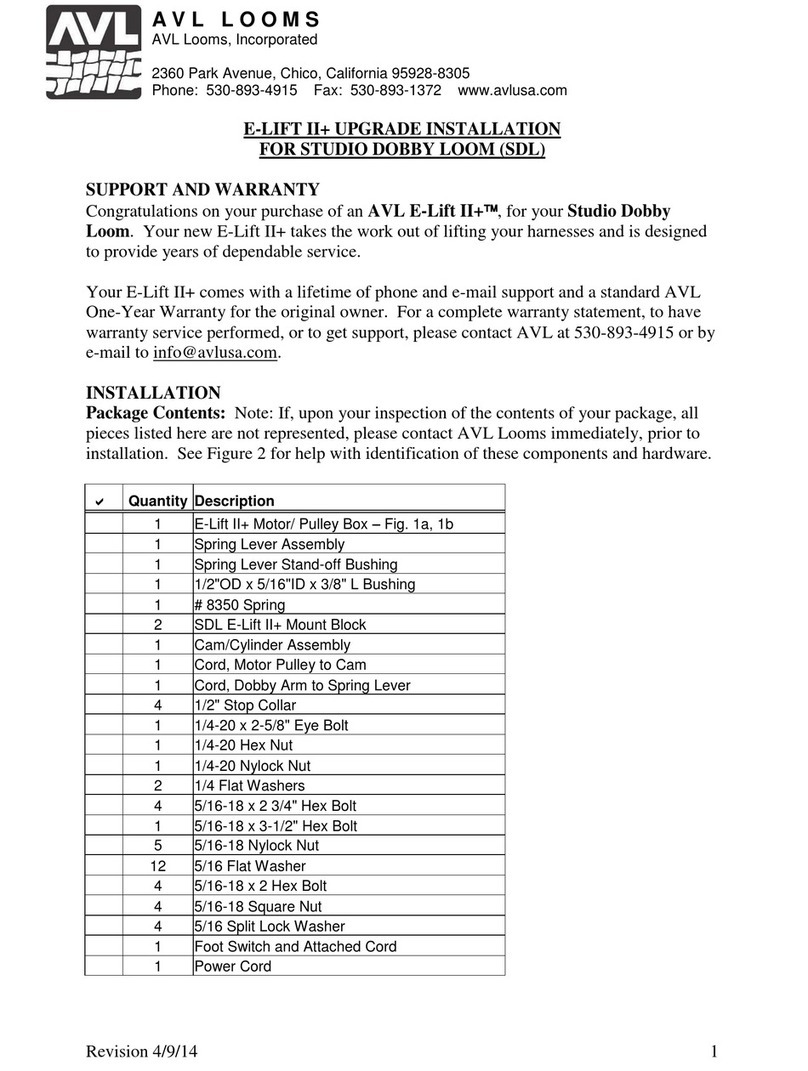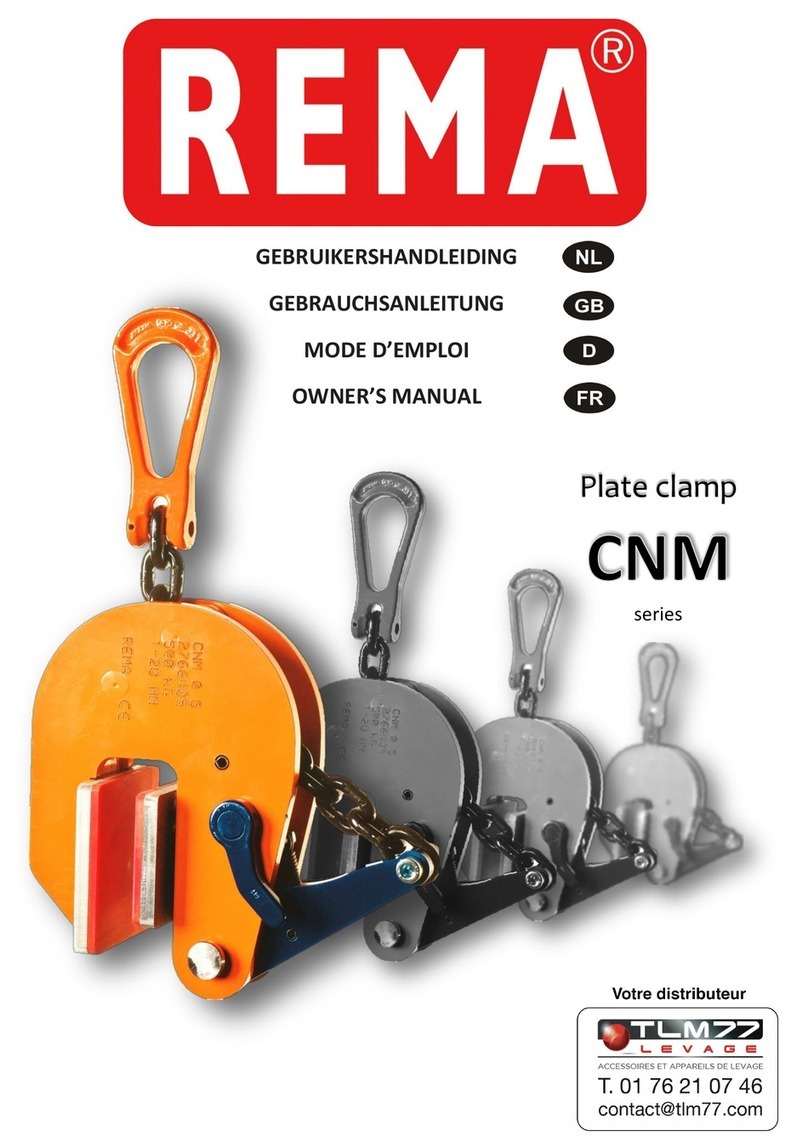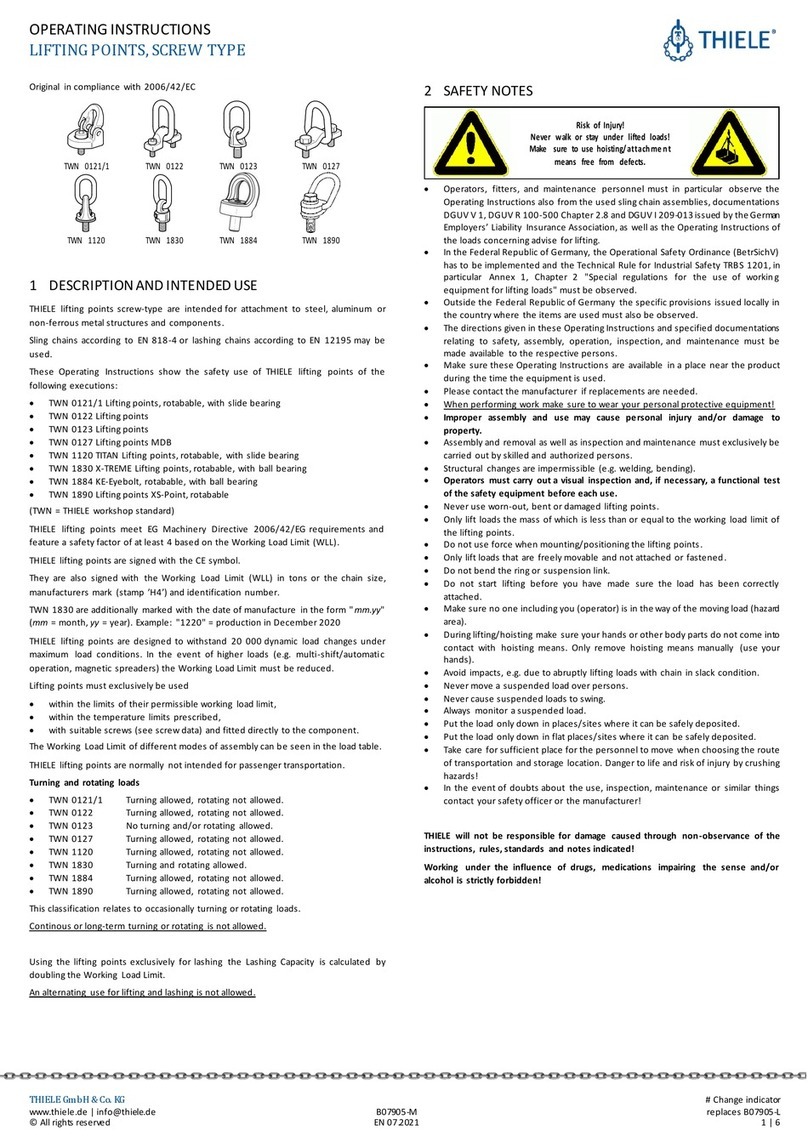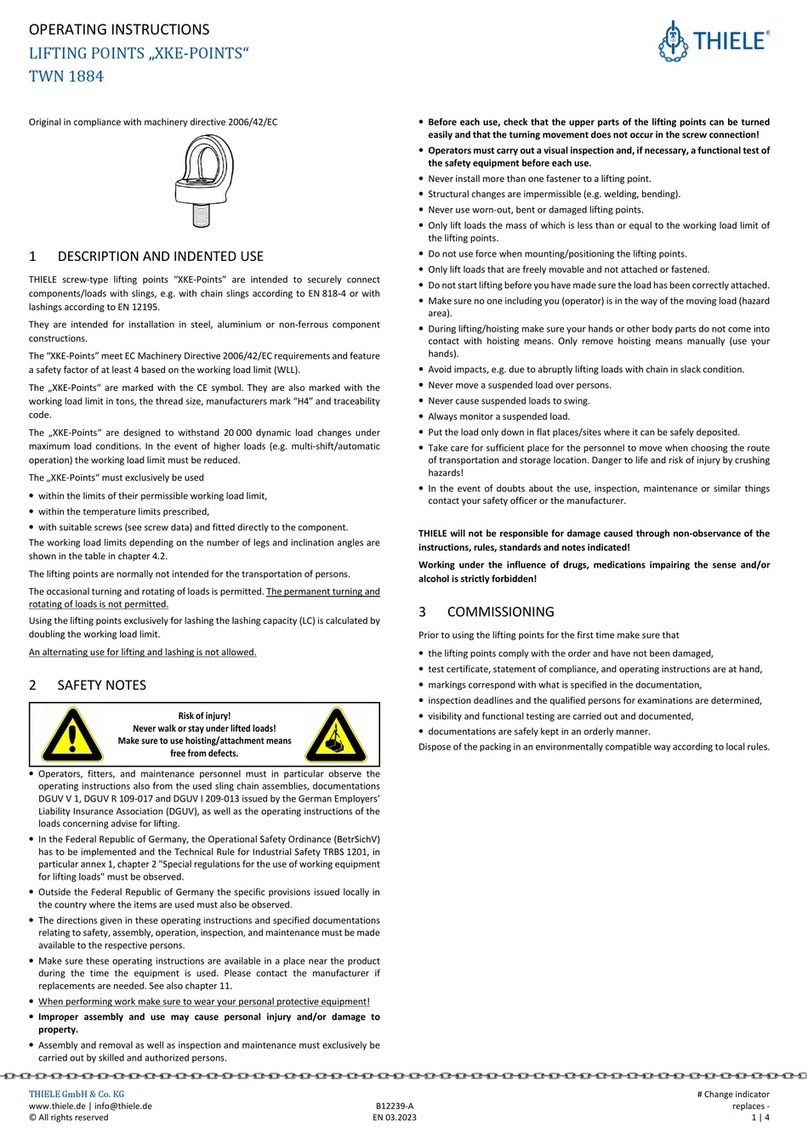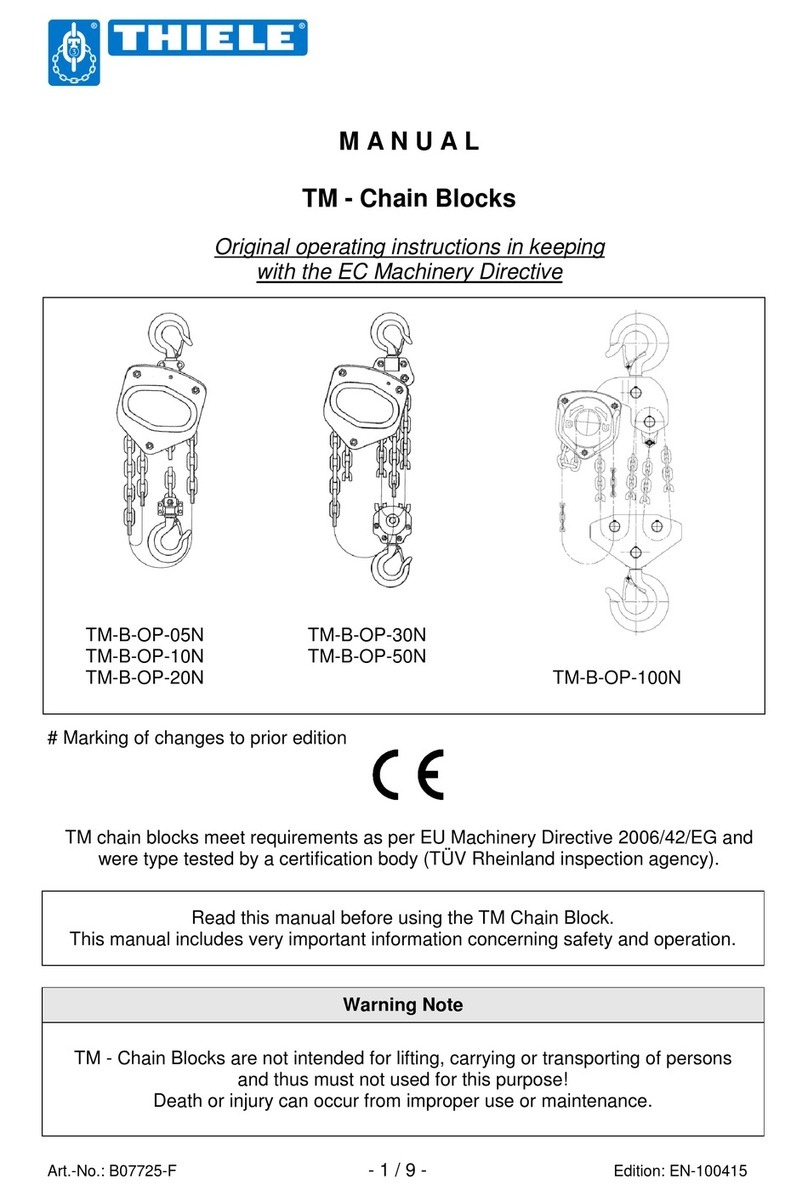
B10916-A 1 / 5 EN-160718
Operating Instructions
Original
Lashing Chains
Grade 8 and 10/XL
Manufacturer:
THIELE GmbH & Co. KG
Tel: +49 (0) 2371 / 947 - 0
58640 Iserlohn
www.thiele.de
Description and Intended Use1
THIELE lashing chains consist of round steel chains (according to DIN EN
818-2), associated components and tensioning elements and are designed
according to DIN EN 12195-3 for securing the load of solid goods on road
vehicles.
Lashing chains are particularly suitable for direct lashing of heavy loads.
THIELE lashing chains are manufactured in assembled designs with clevis
systems and/or connecting links. Components are usually hooks, connecting
links, tensioning and shortening elements. There are various types which differ
in length, nominal size and combination of components.
THIELE lashing chains have a safety factor of at least 2 in relation to the
maximum lashing capacity (LC).
Lashing chains and associated components are marked with nominal chain
size, grade, manufacturer's mark (e.g. BG stamp 'H4') and traceability code.
Lashing chains are made of round steel chains and components of the same
nominal size and grade. Documentation (operating instructions, etc.) has to be
prepared for any deviating versions.
Round steel chains and components are generally identical in construction to
those in chain sling assemblies for lifting loads. Therefore, the same
instructions and standards for use and maintenance apply to them.
Lashing chains may only be used,
in conjunction with suitable lashing points on the vehicle and on the load,
within the permissible lashing forces,
within the permissible lashing types and lashing angles,
within the permissible temperature limits,
with suitable connecting links and components,
by instructed and authorized persons.
Lashing chains must not be used for lifting or transport of persons.
Safety Notes2
Risk of injury!
Do not step next to unsecured loads!
Only use faultless lashing means!
Check lashing forces regularly!
Operators, fitters and maintenance personnel must in particular observe the
vehicle operating manual, the documentations DGUV V 1, DGUV V70 and
DGUV I 214-003 issued by the German Employers’ Liability Insurance
Association, the VDI guideline sheets 2700, the standards DIN EN 12195,
DIN 685-5, as well as the StVO and StVZO.
Outside the Federal Republic of Germany the specific provisions issued
locally in the country where the items are used must also be observed.
The directions given in these Operating Instructions and specified
documentations relating to safety, assembly, operation, inspection and
maintenance must be made available to the respective persons.
Make sure these Operating Instructions are available in a place near the
product during the time the equipment is used. Please contact the
manufacturer if replacements are needed. See also chapter 11.
When performing work make sure to wear your personal protective
equipment!
Improper assembly and use may cause personal injury and/or damage
to property.
Assembly and removal as well as inspection and maintenance must
exclusively be carried out by skilled and authorized persons.
Structural changes are impermissible (e.g. welding, bending).
Operators must visually inspect the lashing chain and check the
function of the safety devices before each use.
Never put to use worn-out, bent or damaged lashing chains.
Never expose lashing chains to loads exceeding the specified lashing
capacity LC.
Do not use force when mounting/positioning the lashing chains or
attachment components.
Make sure the load can take the forces to be applied without suffering
deformation.
Do not tip-load a hook.
Do not twist or knot the chains together.
Avoid choke hitch applications if possible. The lashing capacity is reduced to
80 % if choke hitch applications are involveld.
Avoid sharp edges. Use edge protectors or reduce the lashing capacity LC
by 20 %.
Hooks must have well-functioning safety latches.
Safety elements must not be excessively stressed or strained operationally.
Do not stress chain links and components to bending. For example, hooks
must not bear against the edges of the vehicle.
Make sure only to use shortening/grab hooks or claws for chain shortening
purposes.
The use of shortening elements is only permitted with additional safety
elements against unintentional loosening (e.g. shortening hooks according to
TWN 0827/1, TWN 1827/1) 1).
Shortening hooks may only be used to shorten the chain; a direct
connection e.g. at sheet metal edges is forbidden.
In case of shortening claws only put loads on the chain exiting the claw
pocket bottom.
If two chain legs are mounted into one connecting link half for the
alternate use of the legss (e.g. chain leg with hook and short chain leg
with shortening element), only one of the two chain legs may be
loaded!
Make sure no one including you (operator) is in the way of the moving load
(hazard area).
Only remove lashing means by hand.
Avoid parts of the lashing chain to get caught under the load.
When using tensioning elements, ensure that both sides of the spindle are
extended or retracted symmetrically so that the greatest possible tension
path is available.
Prior to opening the lashing, it must be ensured that the load poses no
danger of tipping over or falling out, especially if the vehicle is
standing on an inclined plane.
Check the lashing means regularly during longer transport times and after
unattended breaks.
The simultaneous use of different lashing means for securing in the same
direction of loading is not permitted due to different behaviour.
Before further transport of the load, e.g. by lifting, all lashing means must be
removed from the load.
Draw up a load securing protocol before transport.
In the event of doubts about the use, inspection, maintenance or similar
things contact your safety officer or the manufacturer!
THIELE will not be responsible for damage caused through non-
observance of the instructions, rules, standards and notes indicated!
As regards quality grade 10/XL THIELE does not give its general approval
to the assembly of components stemming from different manufacturers!
Lashing chains are not permissible for the transportation of persons!
1) TWN = THIELE shop standard
Commissioning3
When using the lashing means for the first time ensure that
the components are as ordered and are undamaged,
test certificates and operating instructions are included
markings and documents are matching,
the inspection cycles and the competent persons are intended for inspection,
a visual and functional check is carried out and documented,
all related documents are properly stored in a safe place.
Dispose of all packaging material according to local environmental regulations.






